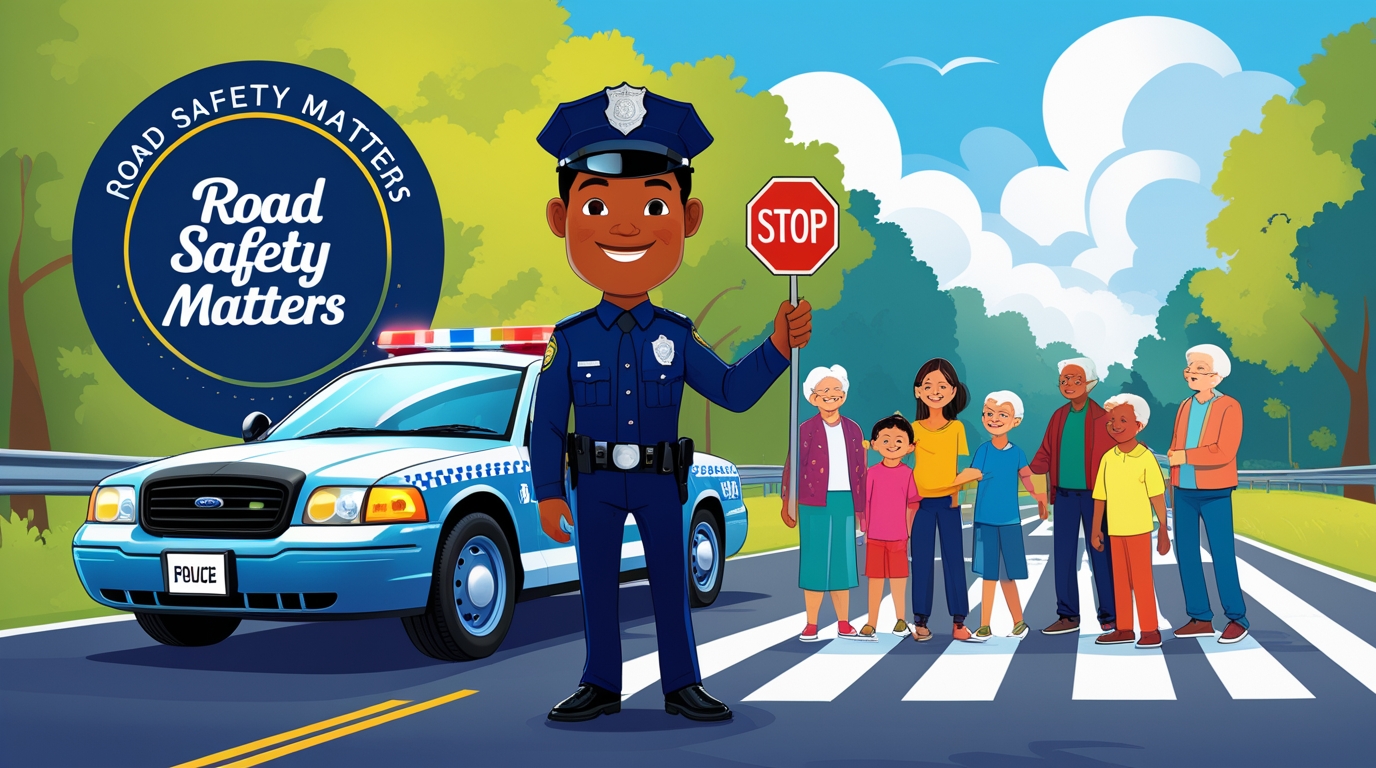The Role of Law Enforcement in Promoting Road Safety
Bukemersanacokyakisir – Road safety is not merely a matter of personal responsibility; it is a shared duty between citizens, policymakers, and, most critically, law enforcement agencies. Around the world, police officers serve as the guardians of order on the roads, ensuring that laws are not just written but effectively practiced. Personally, I believe that their role extends far beyond issuing fines it’s about fostering awareness, discipline, and respect among drivers. Without consistent law enforcement, even the best infrastructure and regulations would lose their impact.
“Read also: AI and the New Age of Workplace Communication: How LeapXpert Is Building Trust in an Intelligent Era“
Maintaining Discipline Through Visible Enforcement
One of the most effective ways law enforcement promotes safety is through visible policing. The sight of a patrol car or a speed camera often encourages drivers to stay within limits and follow traffic rules. This psychological presence, known as the deterrence effect, is vital in reducing reckless behavior. For instance, a study by the World Health Organization revealed that countries with consistent traffic monitoring report up to 40% fewer fatal accidents. In my opinion, this highlights how visibility and vigilance can save lives more effectively than punishment alone.
Education and Community Engagement as Preventive Tools
While enforcement ensures compliance, education builds understanding. Police departments worldwide are now combining patrols with public education campaigns. Programs such as Safe Roads Initiatives or Drive Sober Awareness teach communities about the consequences of distracted or drunk driving. Moreover, when officers engage directly with citizens through school visits or local seminars they build trust. I believe this human connection transforms police from mere enforcers into mentors, fostering a culture of responsibility rather than fear.
Technology and Innovation in Traffic Enforcement
The digital age has reshaped how law enforcement maintains road safety. From automated speed detection to AI-driven traffic management systems, technology allows for more precise and impartial enforcement. For example, smart cameras can now detect seat belt usage, phone distractions, or illegal lane changes in real time. These innovations not only increase efficiency but also minimize human error. Personally, I find this evolution essential technology empowers officers to focus on more complex safety challenges while maintaining fairness in enforcement.
Balancing Strictness with Empathy
However, road safety enforcement cannot rely solely on punishment. A balance between empathy and authority is crucial. Officers who exercise discretion such as warning a first-time offender or assisting a stranded motorist demonstrate that law enforcement is about protection, not intimidation. This balance humanizes policing and fosters cooperation among road users. From my perspective, this empathetic approach builds long-term compliance far more effectively than fear-based tactics ever could.
“Read also: Jesse Love Takes Final-Race Victory Over Connor Zilisch to Earn 2025 Xfinity Title“
Reducing Drunk and Distracted Driving
One of the biggest threats to road safety remains impaired and distracted driving. Law enforcement agencies continuously adapt to address this challenge, introducing breathalyzer checkpoints, stricter penalties, and even ride-along campaigns to discourage offenders. Data from the U.S. National Highway Traffic Safety Administration shows that consistent DUI enforcement has reduced alcohol-related fatalities by 30% in certain states. In my view, this proves that proactive policing combined with awareness campaigns creates lasting behavioral change.
Collaboration with Local and International Bodies
Effective road safety requires collaboration beyond borders. Law enforcement often partners with municipal governments, NGOs, and international organizations like the UN Road Safety Fund to implement unified standards. Joint operations, such as cross-border truck inspections or anti-speeding campaigns, help harmonize safety protocols. Personally, I see this cooperation as the backbone of progress because traffic safety, much like climate change, is a global issue that demands collective action and shared accountability.
Law Enforcement as the Heart of Safer Roads
Ultimately, road safety reflects the strength of a nation’s governance. Without committed and well-trained law enforcement officers, traffic laws become meaningless. They serve not only as enforcers but as educators, protectors, and community leaders. From my perspective, their mission transcends citations and checkpoints it’s about preserving life, dignity, and order on the road. When enforcement is consistent, empathetic, and informed, roads become not just safer but more civilized spaces for everyone.













Post Comment